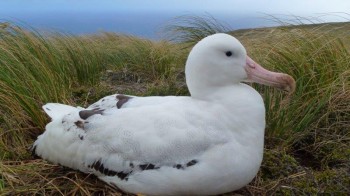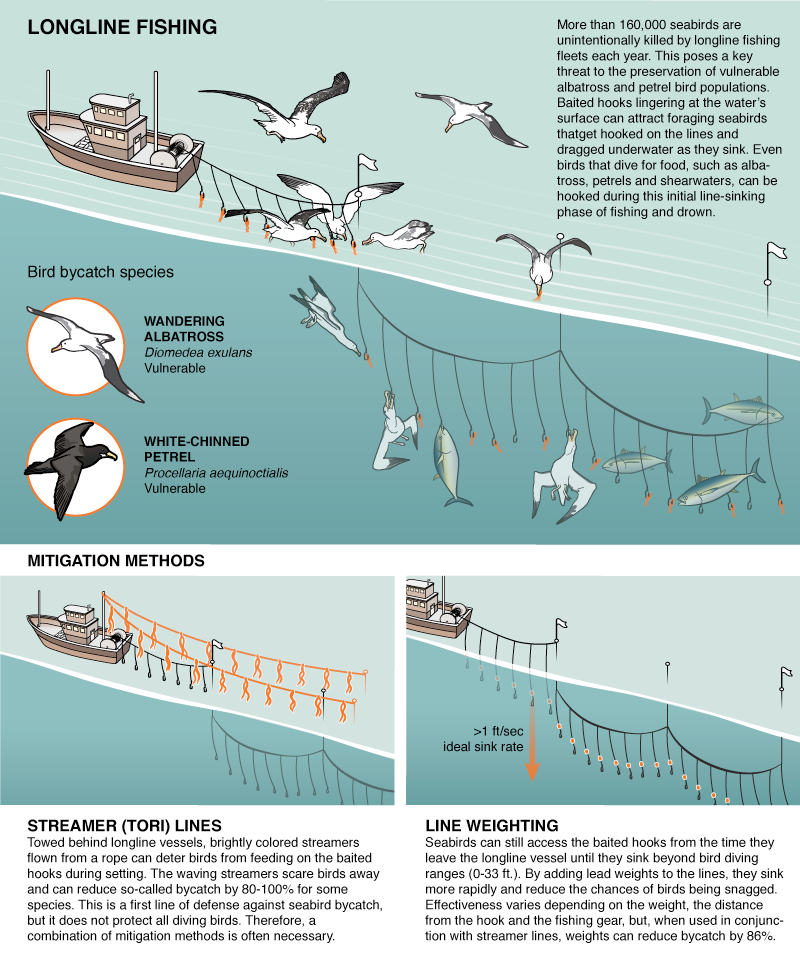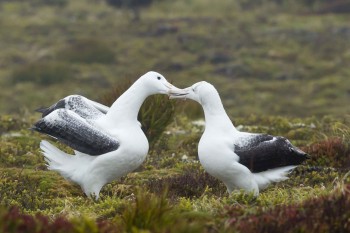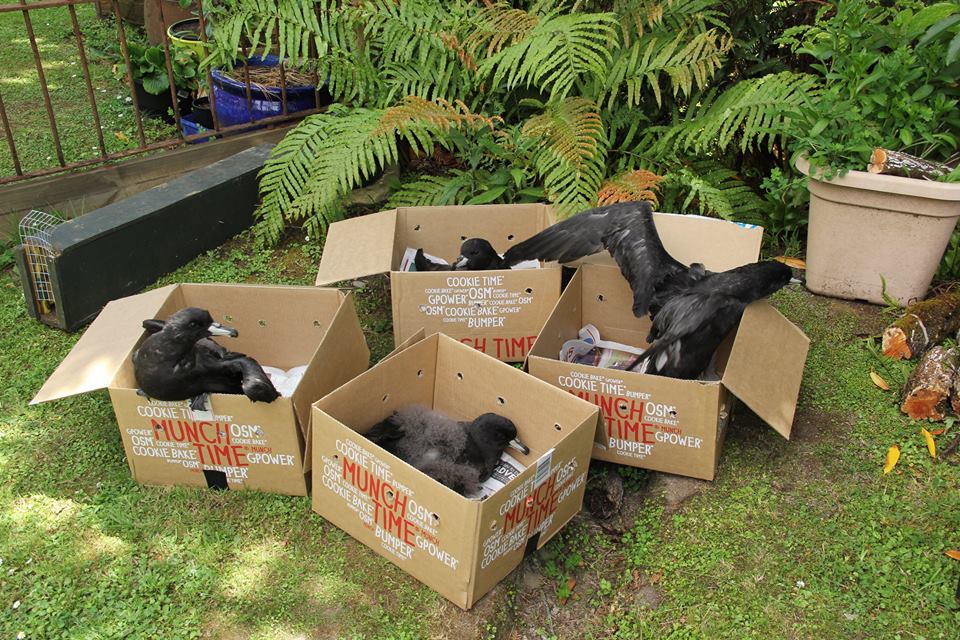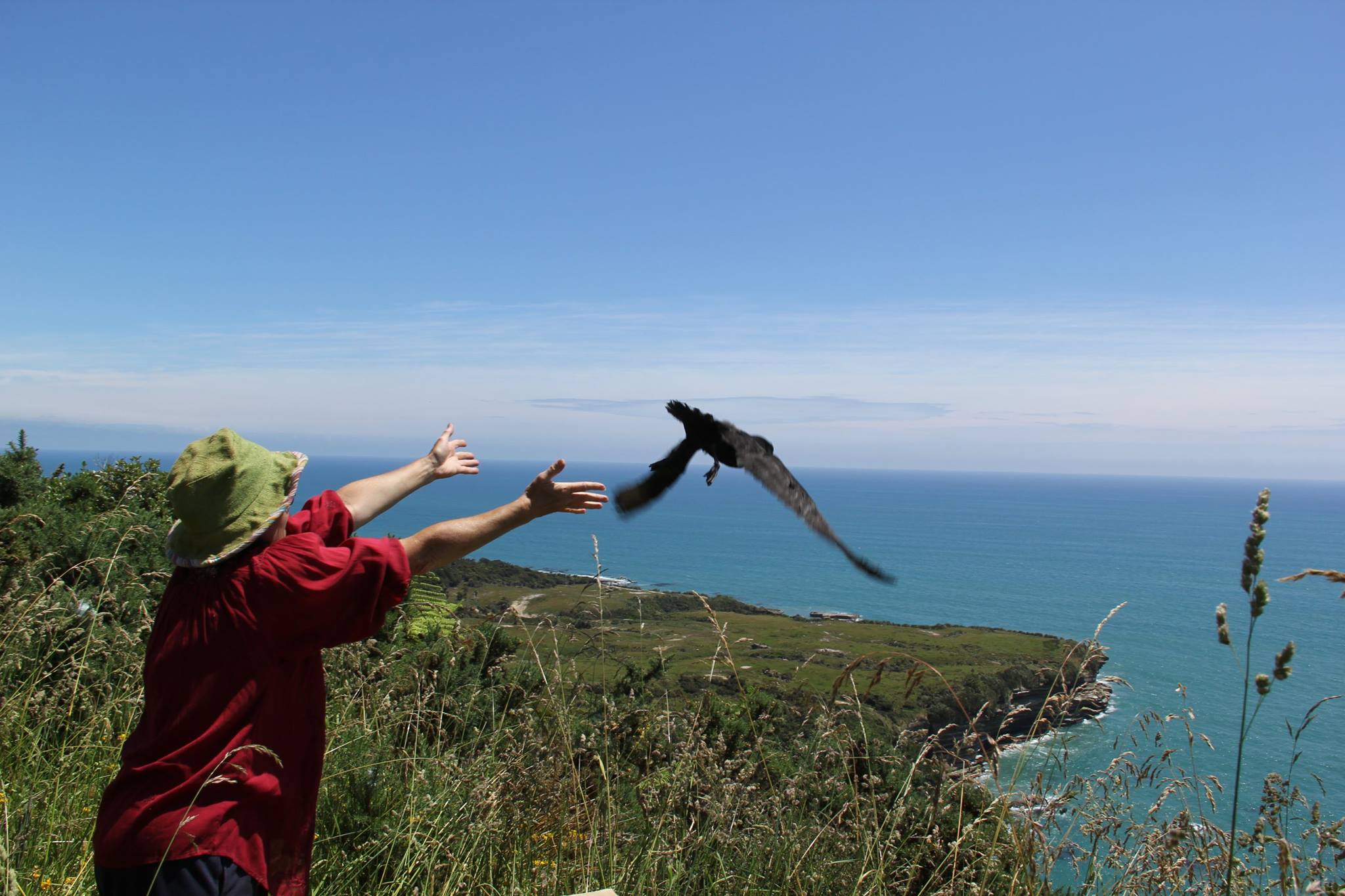Ivan Tiunov (Federal Scientific Center of the East Asia Terrestrial Biodiversity, Vladivostok, Russia) and colleagues have published in the Journal of Asia-Pacific Biodiversity on the at-sea distribution of a Russian population of the globally Near Threatened Streaked Shearwater Calonectris leucomelas.
The paper’s abstract follows:
“Karamzin Island (the Peter the Great Bay, the East Sea) is the only nesting point of streaked shearwaters in Russian Federation. To understand and determine distribution patterns of streaked shearwaters along the Eastern Sea waters during nesting period, the Trackers WT-300 were set to 10 adult birds. Over the observation period (from 5 July 2016 to 7 January 2017), 4812 locations were registered. Analysis of data obtained revealed that main feeding points of colony studied were situated in the Peter the Great Bay along 50 m isobath and, to the less extension, near the eastern coast of Korean Peninsula. It was determined that streaked shearwaters most frequently visited waters with circular flows or zones of junctions of multidirectional flow. It was also shown that these zones had high concentrations of zooplankton.”
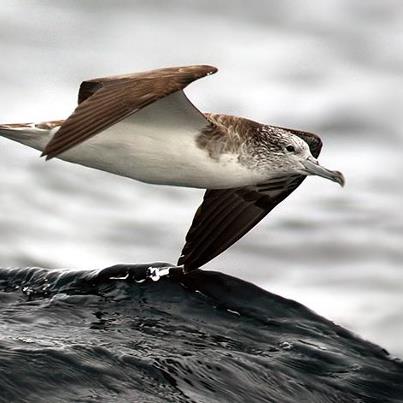
Streaked Shearwater at sea
Reference:
Tiunov, I., Katin, I., Lee, H., Lee, S. & Im, E. 2017. Foraging areas of streaked shearwater Calonectris leucomelas nesting on the Karamzin Island (Peter the Great Bay, East Sea). Journal of Asia-Pacific Biodiversity doi.org/10.1016/j.japb.2017.10.005.
John Cooper, ACAP Information Officer, 21 December 2017

 English
English  Français
Français  Español
Español 